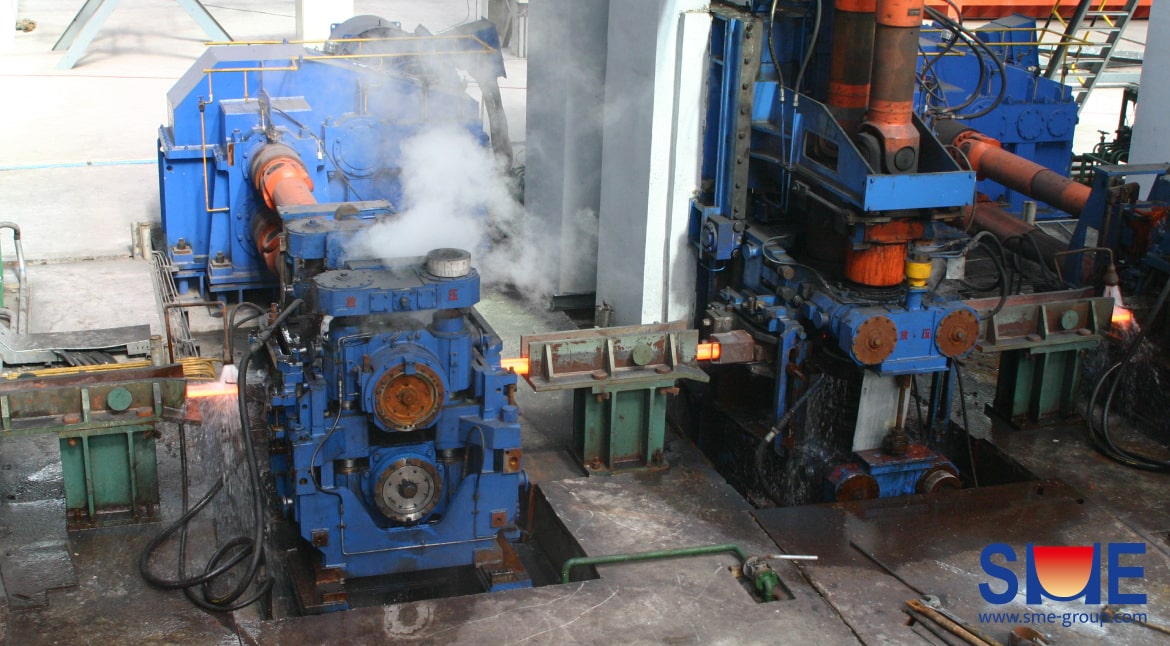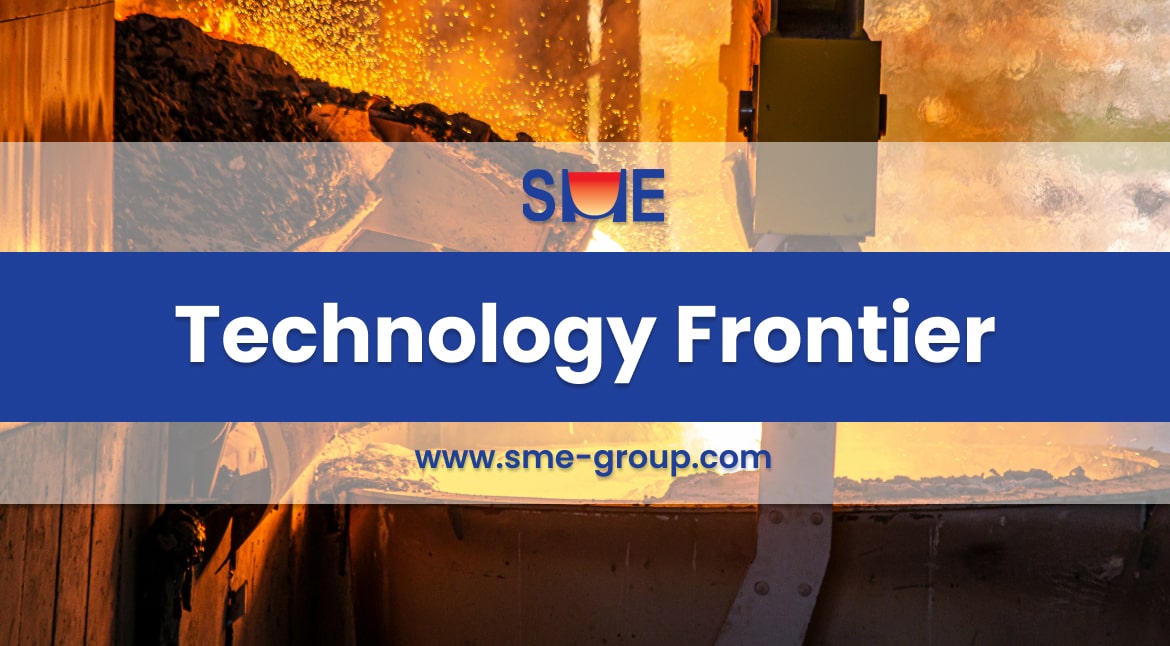Cada laminador de aço tem uma certa quantidade de peças de reposição para substituir as peças defeituosas. Algumas peças de reposição essenciais do equipamento de laminação e dispositivos de suporte precisam ser encomendadas para substituição urgente em tempo hábil. Peças de reposição para linha de laminação 1. Rolls – Rolos…
A escória protetora no processo de fundição contínua desempenha um papel vital. Favorável à limpeza do líquido de aço A escória de proteção de fundição contínua pode inibir a formação de pontes e crostas no molde no processo de fundição contínua e pode melhorar a temperatura da superfície da lua…
Steel structural parts workshop needs a variety of equipment or lathes to complete the cutting, molding, welding and surface treatment of various shapes of steel structural parts such as motor vehicle chassis, cabinets, power transmission tower parts, and road light poles. Generally, there are nine types of devices to perform…
Deoxidation process of molten steel in EAF furnace Due to the oxygen blowing process in EAF furnace, a large number of alloys are also oxidized, such as Cr2O3, MnO, FeO, and a large amount of free oxygen remains in the steel. EAF furnace deoxidation method includes precipitation deoxidation and diffusion…
Deoxidation of molten steel is the last key process operation before casting, which is directly related to the metallurgical quality of cast steel. Deoxidation is also the basis of nitride enhancement and nodular modification of cast steel. Deoxidizer selection should follow the following principles: Compared with Fe, deoxidizer elements have…
Existem seis métodos comumente usados na produção de perfis de aço. 1. Método de rolamento comum Este método é realizado com um moinho alto geral de dois ou três. O passe é composto de duas ranhuras de laminação, que podem produzir aço de seção periódica de laminação simples, irregular e…
A remoção de poeira por laminação a quente normalmente emprega dois métodos: remoção de poeira por ventilação e remoção de poeira por pulverização. A remoção de poeira por ventilação usa um exaustor para coletar vapores, transportando o pó por meio de chaminés para coletores de pó subsequentes para purificação. A…
Xingcheng Special Steel has successfully used continuous casting process to produce and develop 100mm thick 9Ni steel and passed the type test certification of nine countries Classification Society such as CCS and ABS. Marine 9Ni steel is mainly used in the storage and transportation of liquefied natural gas, and is…
Durante o processo de aquecimento do aço, sua cor apresentará características diferentes conforme a temperatura muda. 1. Estágio de baixa temperatura (cerca de 200-500 °C) A temperatura está em torno de 200-300 °C, e a superfície do aço começa a mostrar uma cor amarelo claro. Isso ocorre porque nessa faixa…
Stay updated with the July 2024 metallurgical standards, featuring advancements in alloys, steel production, seamless tubes, and rare earth steel applications.











